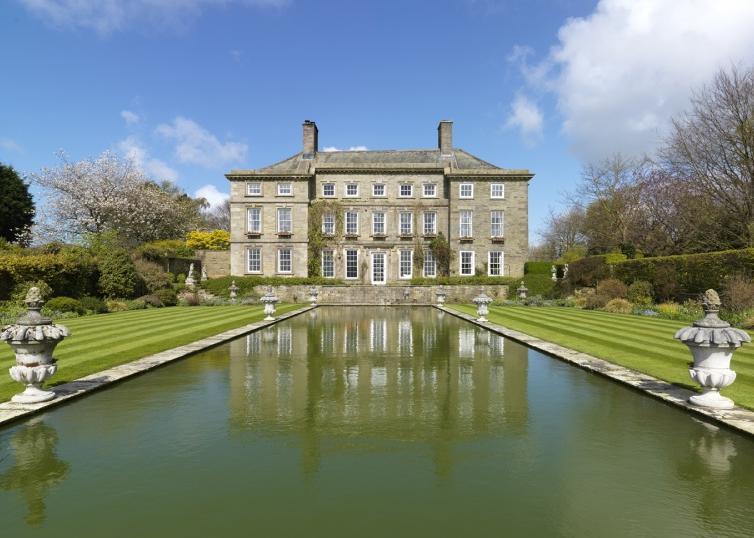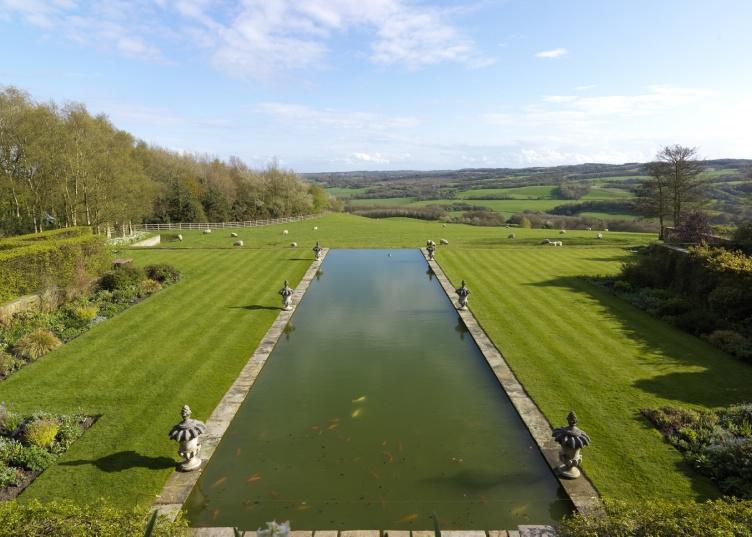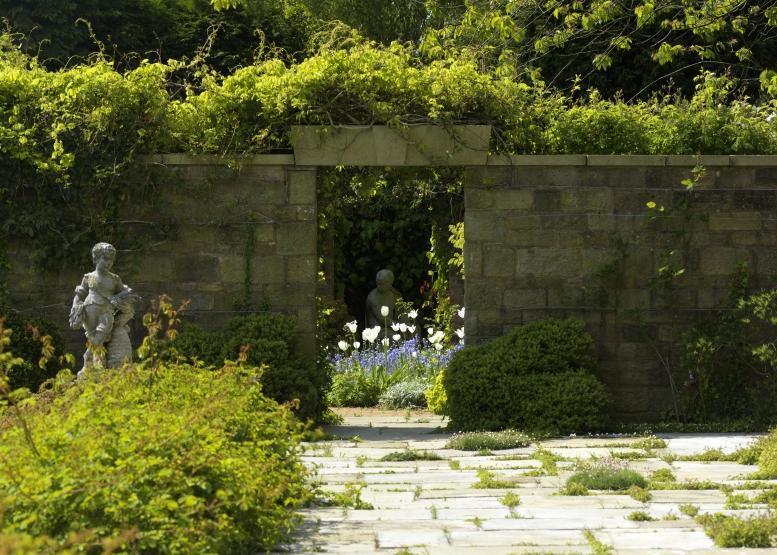WELCOME TO PARBOLD HALL
History
The Parbold Estate was owned by the Lathom family from the 13th to the 17th century, when following a heavy toll from being catholic, the estate was sold to John Crisp in about 1680. He was described as a ‘Great Userer’ in London – a money lender. This original house forms the east side of the present hall. His grandson Thomas Crisp (1690 – 1758) inherited the house at a young age in 1704 and was admitted to Middle Temple in 1709. He became High Sheriff of Lancashire in 1715 (as a person of ‘known affection to his majesty and his government), and was responsible for the Lancaster trials of Jacobites. He was paid £1,284 for loss of profits during his term in office. In 1722 he considered running for parliament for Wigan but withdrew before the election, becoming MP for Ilchester (a Rotten Borough) between 1727 and 1734.
Lathom House nearby was constructed between 1725 and 1740 using stone from Crisp’s quarry adjacent to Parbold Hall. It is thought that Lathom’s architect Giacomo Leoni, the father of Palladianism in the UK may have had a hand in the design of the extension to Parbold Hall carried out by Sir Thomas Crisp in about 1743 (from a lead rainwater head). Leoni designed three buildings locally in addition to Lathom House, Bold Hall in about 1730 and Alkrington Hall in 1735. The known details of all these houses compare closely with those at Parbold. The Cameleopard (A Giraffe) in the pediment above the front door is the Crisp’s crest.
Thomas had two children, a son and a daughter but his heiress was Mary who married Sir John Tyrell and lived just outside London. It is likely that Parbold was never used. She had two daughters, one marrying the Earl of Arran and in 1790 the daughters put the estate of 1,256 acres on the market through Christies.
In 1791 it was owned by Thomas Eccleston– one of the richest Roman Catholic commoners in England, owner of the Scarisbrick estate, responsible for draining Martin Mere, a worthless bog into some of the finest grade 1 land in the UK. A fascinating agricultural reformer, collector and polymath. He inherited the Wrightington estate from his uncle Captain Dicconson in 1807. It remained as part of the Wrightington estate into the 20th century but was let to various occupants and slowly fell into disrepair. By the 1950’s it was in a terrible state and used to house chickens.
In 1958, it was purchased by Peter Moores, eldest son of the founder of Littlewoods, at the time one of the wealthiest families in the land. Over 50 years, Sir Peter lovingly restored the house and the landscape of the Douglas Valley. His legacy lives on today.




